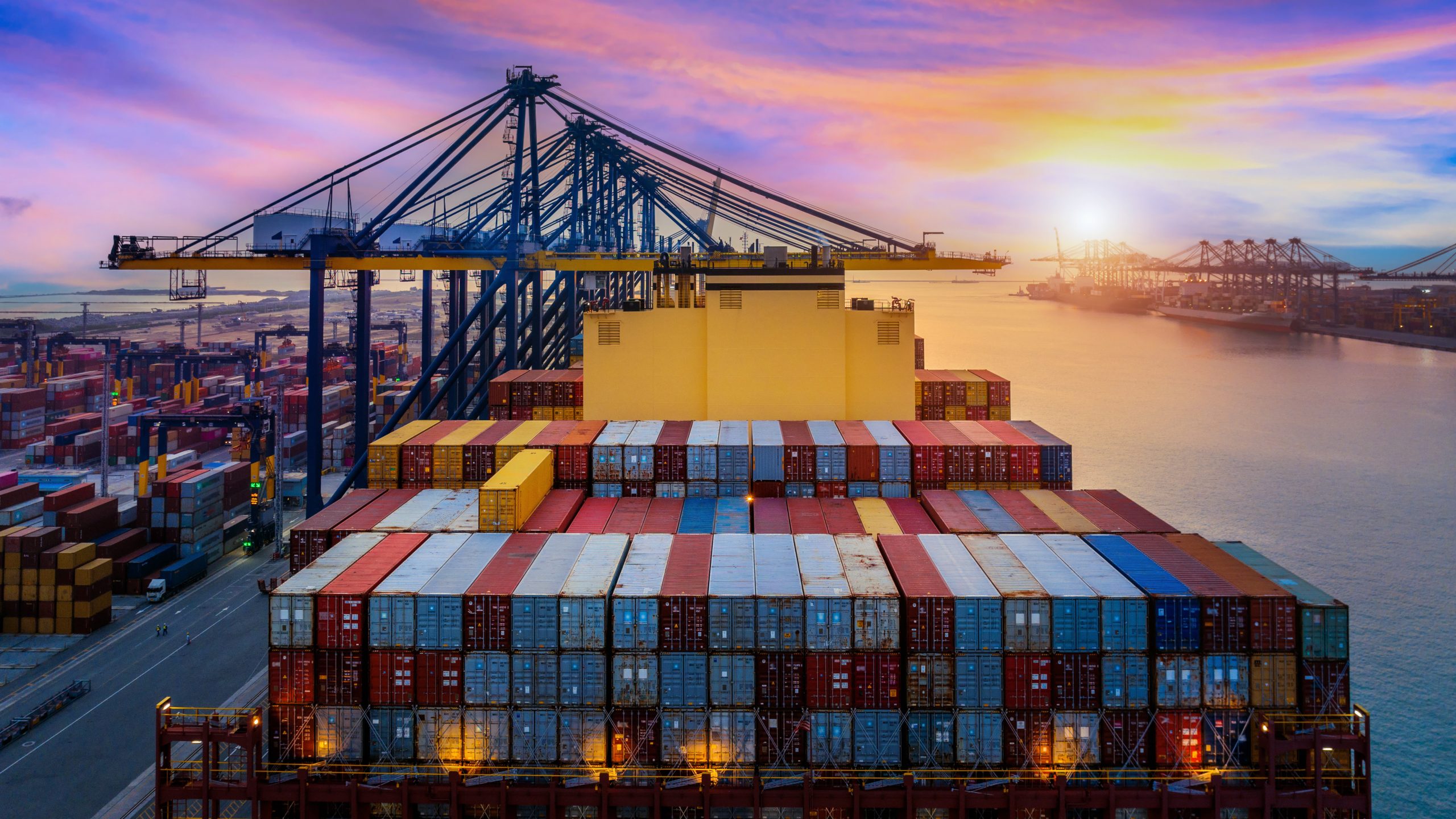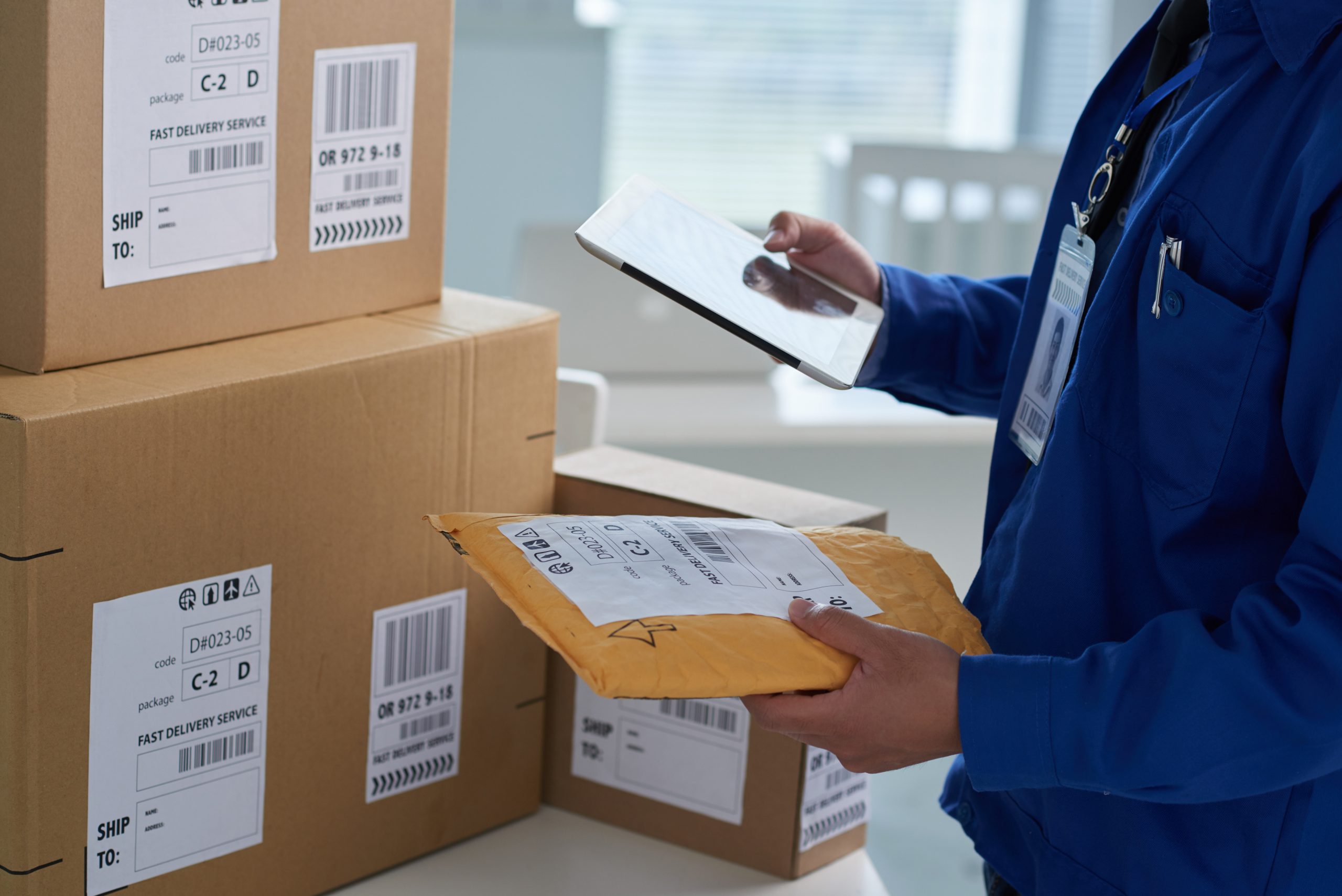+
%
+
%




Typically, you'll need a commercial invoice, packing list, bill of lading, and any relevant permits or certificates (like fumigation or origin docs). Don’t worry — we’ll guide you through exactly what’s needed.
Step 1: Classification & Valuation
Every product must be correctly classified using the New Zealand Tariff and valued appropriately. This determines the duties and GST payable.
Step 2: Documentation
You’ll need commercial invoices, packing lists, and potentially certificates of origin or fumigation certificates depending on the product type.
Step 3: Lodgement & Customs Clearance
Your customs broker (like us) will lodge the entry through the TSW (Trade Single Window) platform. This is reviewed by Customs and MPI.
Step 4: Duties & GST Payment
Once accepted, any applicable duties or taxes must be paid before the cargo can be released.
Step 5: Delivery
Once cleared, your goods are either delivered directly or stored at a transitional facility for inspection (if needed).
Our team handles all of this for you — accurately, quickly, and stress-free.
Yes, there are. New Zealand has strict import rules to protect the environment and economy. Here's a quick breakdown:
Prohibited Goods: Items that can’t be imported at all — like certain weapons, dog shock collars, or objectionable materials.
Restricted Goods: These can be imported, but only with the correct permits. Examples include:
Food and drink
Health supplements
Seeds, plants, or soil
Animal products
Pharmaceuticals and cosmetics
We always recommend checking with MPI or Customs NZ — or better yet, ask us first. We’ll tell you what’s needed and handle the compliance side.
Duties and taxes are calculated based on three main things:
Customs Value (CIF): This includes the cost of the goods, international freight, and insurance.
Tariff Classification: Each item has a code that determines the duty rate. Some items are duty-free, others may attract a 5–10% duty.
GST: Currently 15%, charged on the CIF value + duty + any additional costs (like insurance or inspection).
We ensure your goods are correctly classified so you don’t overpay — and avoid unnecessary delays or penalties.
Both air and sea freight have their place. It depends on your budget, timeline, and the nature of the goods.
| Air Freight | Sea Freight |
|---|---|
| Fast — usually 2–7 days | Slower — 2–6 weeks |
| Higher cost per kilo | Cheaper for large/heavy shipments |
| Best for urgent or high-value goods | Best for bulky or large-volume goods |
| Limited size and weight | More flexible for large shipments |
Need help deciding? We can quote both and let you know what makes sense.
MPI (Ministry for Primary Industries) has strict biosecurity rules to prevent pests and diseases from entering the country. Here’s how to stay compliant:
Clean and Declare: Make sure goods are clean and free of contaminants — like soil, seeds, insects, or plant matter.
Proper Packaging: Avoid untreated wood. Use ISPM 15-certified pallets and packaging.
Declare All Items: Especially food, animal products, and anything natural (like seeds, feathers, or wood).
Documentation: Some goods require permits or certificates. For example, food may need an import health standard and fumigation certificate.
We’ll guide you through MPI compliance, help lodge the right documents, and ensure your cargo doesn’t get held up or destroyed.